Companion Plants & Hipp. Bulbs...Same Pot
bronxfigs: New York City/7b
12 years ago
Related Stories

EDIBLE GARDENSGarden BFFs? Why Your Vegetables Are Begging for Companion Plants
Foster friendships among plants for protection from pests, pollination support and color camaraderie
Full Story
GARDENING GUIDES6 Unsung Bulbs for Fall Planting
Don't hang up your spade after summer — plant these unusual bulbs in fall for a spectacular spring show
Full Story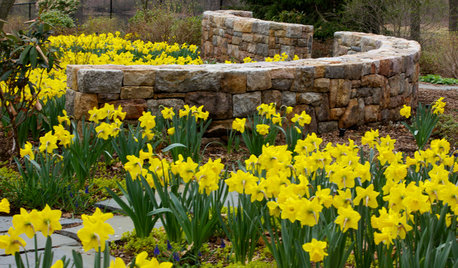
GARDENING GUIDES10 Beautiful Ways to Landscape With Bulbs
Planting bulbs wisely in fall can turn a spring garden glorious with joyful colors and profuse blooms that last through summer
Full Story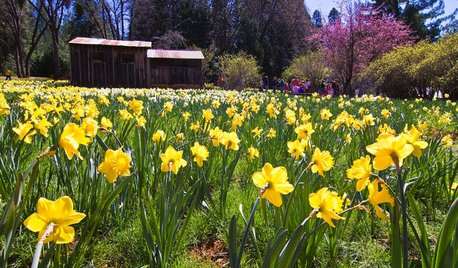
GARDENING GUIDES7 Bulbs That Flourish in Mild Climates
Fall planting: For gardens that don't see harsh winters, different guidelines for choosing and planting spring-blooming bulbs apply
Full Story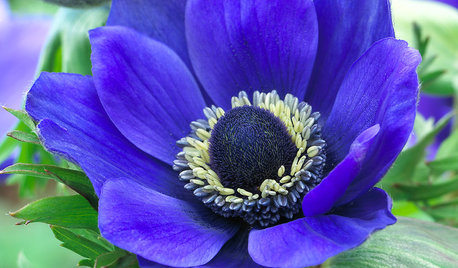
FALL GARDENING6 Splendid Blue-Flowering Bulbs
How do you blue? With colors from sky to cobalt, these bulbs will greet you merrily in a spring garden
Full Story
HOUSEPLANTSHow to Force Amaryllis Bulbs Indoors
Enjoy vibrant red blossoms even as gardens turn snowy white, by teaching this hardy repeat performer to ignore the calendar
Full Story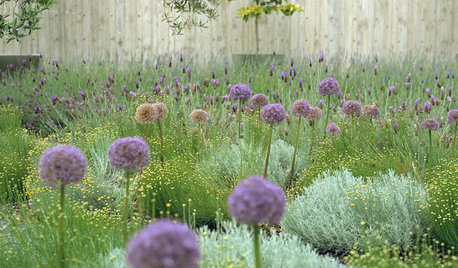
GARDENING GUIDESGreat Design Plant: Ornamental Allium
Lollipop blooms on tall, leafless stems add an architectural element to gardens of all styles
Full Story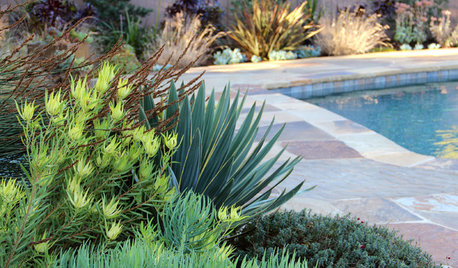
PLANTING IDEAS7 Stunning Plant Combinations for Low-Water Gardens
Find inspiration in these beautiful drought-tolerant companion plantings
Full Story
SPRING GARDENINGTop 10 Scented Plants for Your Garden
A palette of perfumed plants can transform even the smallest of gardens into a sensory delight
Full Story
PLANTING IDEASStretch the Budget, Seasons and Style: Add Conifers to Your Containers
Small, low-maintenance conifers are a boon for mixed containers — and you can transplant them to your garden when they’ve outgrown the pot
Full StoryMore Discussions






joshy46013
bronxfigs: New York City/7bOriginal Author
Related Professionals
Comstock Park Landscape Architects & Landscape Designers · Middle River Landscape Architects & Landscape Designers · Brownsville Landscape Contractors · Emmaus Landscape Contractors · Garland Landscape Contractors · Kailua Landscape Contractors · Las Vegas Landscape Contractors · Leicester Landscape Contractors · Munster Landscape Contractors · Pleasant Hill Landscape Contractors · Soddy Daisy Landscape Contractors · Markham Landscape Contractors · Golden Glades Swimming Pool Builders · Haltom City Swimming Pool Builders · Sudley Swimming Pool Buildersjoshy46013
e36yellowm3
bronxfigs: New York City/7bOriginal Author
e36yellowm3
pizzuti